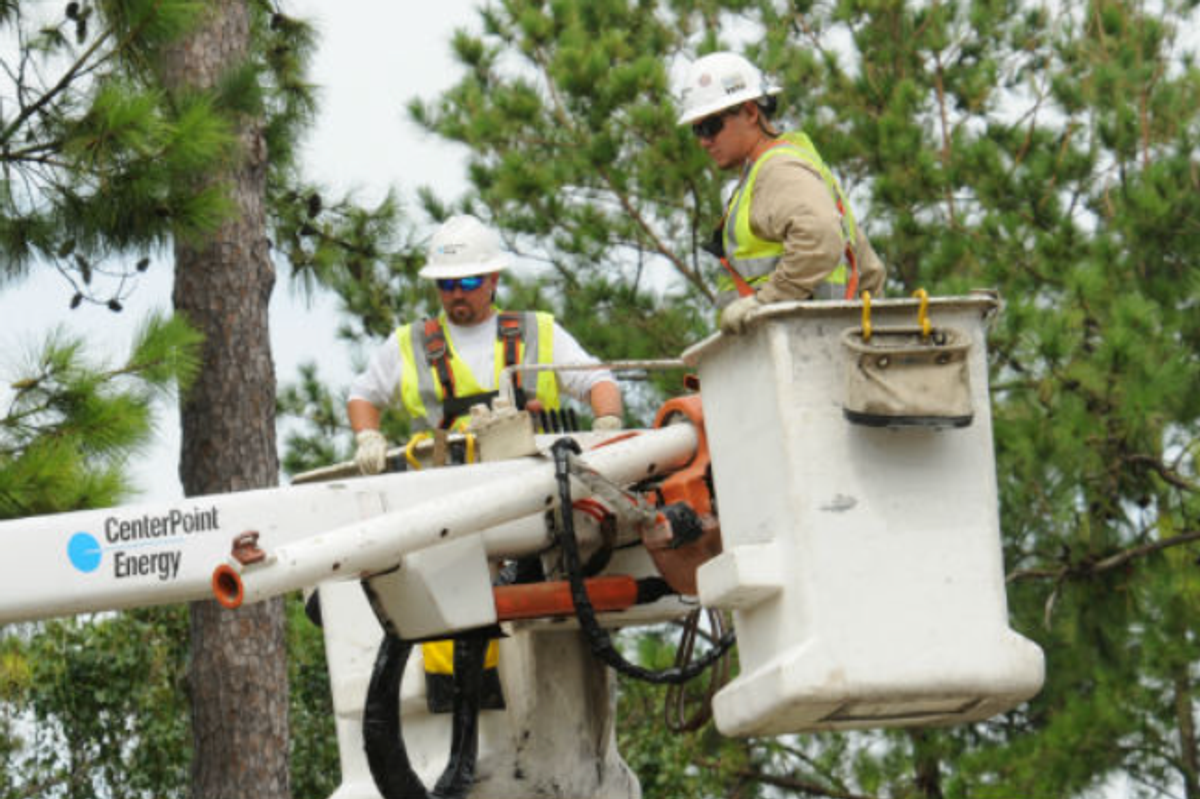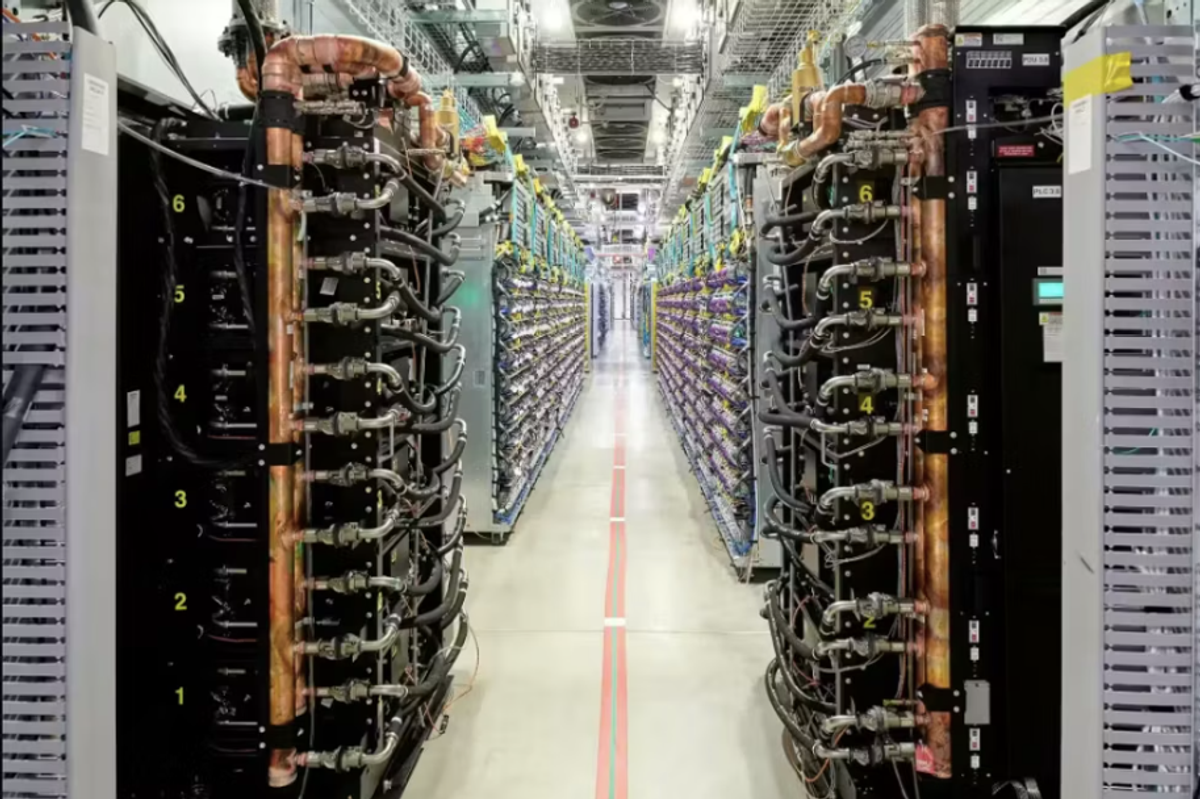Challenges in the energy transition often center around two questions: Where will organizations find the resources? And how will projects be financed?
XGS Energy's next-gen closed-loop geothermal well architecture addresses both issues head-on. The California-based company saw massive growth in the Houston market last year and recently completed a 100-meter field demonstration in central Texas, marking a major milestone for its technology's commercialization and potential for scale.
In an interview with EnergyCapital, Axel-Pierre Bois, XGS's Chief Technology Officer, shares what drew him to the geothermal space, why XGS is expanding in Houston and what the company's plans are for the year ahead.
How does XGS Energy's technology address the biggest challenges in geothermal energy?
XGS Energy is developing a geothermal system that decouples geothermal energy from its traditional dependence on water and geology to deliver affordable, clean energy anywhere there is hot rock.
Historically, geothermal resources have been hard to locate, as conventional systems require the overlap of hot rock, porous and permeable geology, and abundant water to produce energy, limiting their potential to a few select hot spots worldwide. Instead of relying on an underground fracture network that drives the geology and water requirements, the base component of XGS’s system is a single well, in which fluid is pumped to a hot rock resource and then returned to the surface through a tube-in-shell design, creating a sealed, closed loop. This allows XGS to produce geothermal energy anywhere where there is hot rock, unlocking terawatt-scale potential in the U.S. alone.
Geothermal systems have also struggled to secure project financing, as many systems have historically faced high levels of unplanned cost risk due to factors including water loss and production uncertainty. XGS’s sealed, closed-loop system ensures that it can provide reliable, predictable electricity throughout its lifespan. XGS also boosts the cost-competitiveness of its system through our major innovation, a proprietary thermally conductive materials system that is installed downhole around each well, increasing the heat transferred to the closed-loop system by 30-50%.
What has drawn you to a career in the geothermal energy space?
I have been in the subsurface industry for over 30 years, developing technical solutions for companies in the fields of geosciences, underground storage, upstream oil and gas, and geothermal heat harvesting to help improve their overall economic, ethical and environmental footprints. In 2009, I founded Curistec, a technology company providing research, engineering and technical services for geomechanics, wellbore integrity, well abandonment, cement design and cement and rock testing. A few years back, Curistec assisted with the Iceland Deep Drilling Project, helping to develop cement formulations for superhot geothermal well applications to enable drilling in high-temperature environments. As I looked toward the future, it became clear that next-generation geothermal technologies would transform the geothermal energy industry and open new markets worldwide. Curistec had been working closely with the XGS Energy team as technology partners for several years, so joining the team directly to help shape the technology development was an exciting opportunity to help develop and deploy a new system to unlock the full terawatt-scale potential of geothermal energy.
Tell us about the 100-meter field demonstration in central Texas completed in 2024 — what all did you and your team learn from the test?
Our 100-meter field demonstration in central Texas marked a significant step in our progress toward deploying geothermal energy in a commercial setting. With this field operation, we successfully demonstrated our ability to mix, pump and place our thermally conductive materials system at a commercial scale, using off-shelf tools and technologies. This was a significant milestone, taking us from theoretical models and laboratory tests to field-scale operations, proving that our novel geothermal system is operationally viable in real-world well conditions.
The completion of the Texas field demonstration advanced XGS into the new wave of geothermal innovators that are putting real steel in the ground. In 2024, we kicked off construction at our commercial-scale demonstration in California and are excited to share updates in the year ahead.
Last year, XGS Energy leased over 10,000 square feet of office space in Memorial City. How has Houston's business community and opportunities benefitted the company?
Houston, the epicenter of the oil and gas industry, has become a hub of energy innovation, offering attractive incentives for growing companies like XGS. The region’s workforce, which is home to some of the best subsurface engineers and operational talent in the energy sector, was a key factor for XGS when we were planning our operational roadmap. This expertise, paired with proximity to our partners in the field services industries, like cementing and drilling, is both a practical and tactical advantage for XGS.
We’ve built a strong technical and operational team here at XGS, with experience from the oil and gas industry, utilities and power project developers. XGS is planning for continued growth in the Houston area, leveraging the region’s leading engineering and operational workforce and its intensifying interest in supporting the energy transition.
What are XGS Energy's goals for 2025?
In 2024, the XGS Energy team made significant progress toward our goal of providing clean, round-the-clock energy with our solid-state geothermal system. In 2025, XGS Energy will be focused on deploying its geothermal system at a commercial scale, starting with the completion of our full-scale prototype in California. XGS will also continue accelerating our commercial traction, expanding our already robust and highly differentiated geothermal resource evaluation toolkit, advancing our global project pipeline, and growing our team to strengthen our operational capability and capacity.
- Houston geothermal exec shares why she sees the potential of geothermal power ›
- Houston company secures $100M for 'world’s largest geothermal energy plant' ›
- Houston founder on driving the future of geothermal energy, storage ›
- XGS Energy closes $13M in investments, plans Houston expansion - Energy Capital ›















